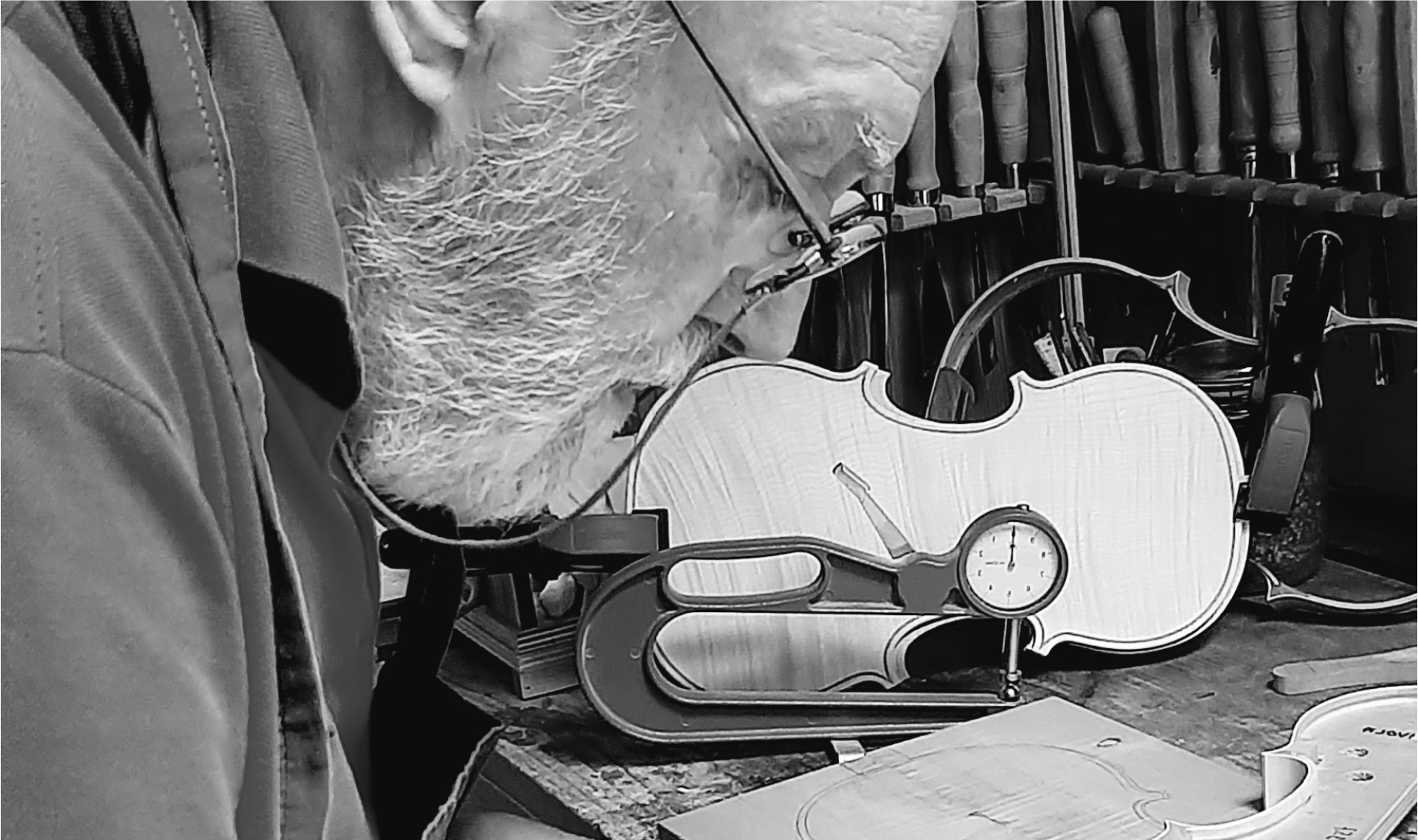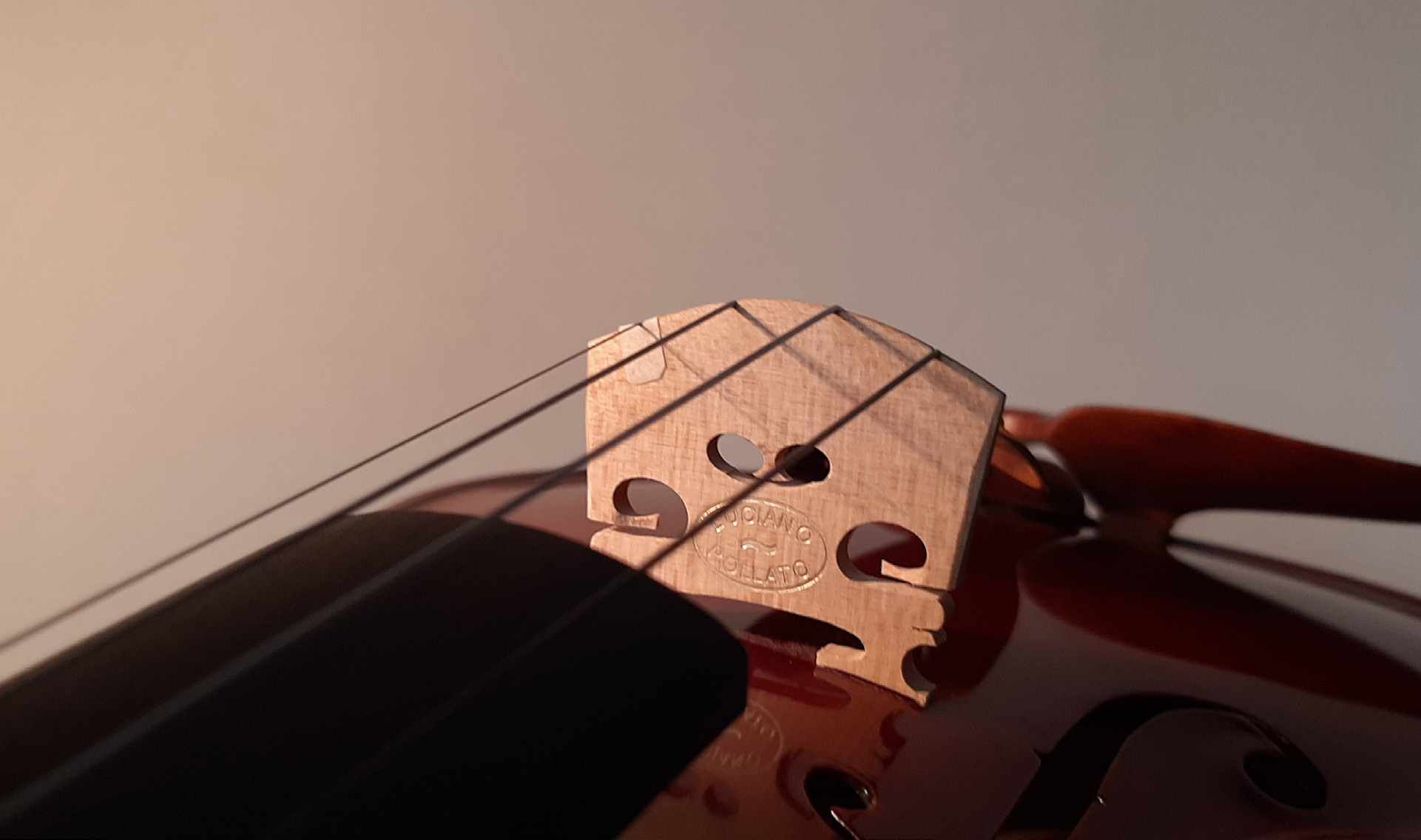Luciano Pollato
The Land of Venice
The Land of Venice, this is how the whole world refers to the Republic of the Serenissima.
Luciano Pollato spent his youth in beautiful Venice. He approached the world of music first out of curiosity (his father was also a talented master craftsman), then out of passion. He did his training in Venice and worked in craft workshops where he learned the secrets of craftsmanship. The restoration of valuable antique baroque instruments completed his education.
His lifelong passion, the authentic and inexhaustible love for musical instruments, is reflected in the unique violin making art of Luciano Pollato.

How craft becomes art.
With tradition in mind, beauty and harmonious sound come together in a combination that breathes life into his creations: Each one is unique, original and uncopyable. Violins, violas, cellos; each instrument takes on the contours of an authentic work of art.
What distinguishes an instrument by Luciano Pollato?
Each stringed instrument is made entirely by hand from precious, exquisite woods, respecting the ancient violin making tradition. The back, the neck and the ribs are made of grained Balkan maple, the soundboard of spruce from the Paneveggio forest, in the famous Val di Fiemme. The wood has been aged for over 50 years and has personally selected by the luthier directly on site.
Paneveggio spruce wood is one of the best raw materials for the production of stringed instruments: Thanks to the tree’s slow growth, an unusual exposure to sunlight and the correct humidity-heat ratio, its wood diffuses and amplifies sound in an extraordinary way. This tree is called a resonance fir, hence the world-famous name “forest of violins”. Elasticity and the absence of knots create acoustics that verge on perfection. Stradivari himself used wood from Paneveggio for his soundboards.
Only substances obtained from natural raw materials are used during the entire manufacturing process. This also applies to the glue. Like a wise, ancient spice blender, Luciano Pollato produces his paints exclusively from high quality natural resins, following the same process used by the luthiers of old. The varnish is applied with a brush and in layers. The resulting color is remarkably beautiful, smooth and transparent. Excellence and craftsmanship are combined with a perfect eye for details; the gold and mother-of-pearl inlays embellish the instrument and highlight its quality.
The pegs and chin rests are also handcrafted from fine woods, all of which have been stored for years and selected by the luthier himself: ebony, rosewood, boxwood, mulberry and cherry. Hardwoods with a very special and solid texture, that is also a characteristic of the instrument and its accessories.
The bridge bears the name of the luthier as a distinctive golden logo.igenbauers.



